

Toggle anchors are a reliable solution for hanging heavier items on drywall when you can't directly attach to a stud. They provide a secure hold by distributing weight behind the wall, making them ideal for mounting shelves, mirrors, and light fixtures. This guide covers everything you need to know about toggle anchors for drywall, from types and weight capacities to proper installation techniques and troubleshooting tips.Understanding Toggle AnchorsToggle anchors for drywall, also known as molly bolts or butterfly anchors, are specialized fasteners designed to provide a strong and secure hold in hollow walls like drywall or plasterboard. Unlike standard screws or nails, which can easily pull out of drywall, toggle anchors create a much larger bearing surface behind the wall, distributing the weight of the item being hung and preventing it from falling.Types of Toggle AnchorsSeveral types of toggle anchors for drywall are available, each with its own strengths and weaknesses: Winged Plastic Toggle Anchors: These are lightweight and inexpensive, suitable for lighter loads like pictures and small shelves. They consist of a screw and a plastic toggle that spreads open behind the wall. Metal Toggle Bolts: Offering higher weight capacity, these feature a metal bolt and a spring-loaded metal toggle. They're ideal for heavier items like mirrors, larger shelves, and light fixtures. Snap Toggle Anchors: These heavy-duty anchors are pre-assembled for easy installation. They offer excellent holding power and are suitable for the most demanding applications. Snap toggles are available at Hebei Muyi Import&Export Trading Co.,Ltd, known for quality fasteners. Self-Drilling Toggle Anchors: These anchors have a pointed tip that allows you to drill directly into the drywall, eliminating the need for a pilot hole.Weight Capacity of Toggle AnchorsThe weight capacity of a toggle anchor for drywall depends on several factors, including the type of anchor, the thickness of the drywall, and the quality of the installation. Always refer to the manufacturer's specifications for the specific anchor you're using. Here's a general guideline: Anchor Type Approximate Weight Capacity (Drywall) Winged Plastic Toggle Anchor 5-10 lbs Metal Toggle Bolt 20-50 lbs Snap Toggle Anchor 50-80 lbs *Note: Weight capacities are approximate and can vary depending on drywall thickness and installation.Installing Toggle Anchors: A Step-by-Step GuideProper installation is crucial for ensuring the strength and reliability of toggle anchors for drywall. Follow these steps for a successful installation: Prepare the Area: Mark the location where you want to hang the item. Use a stud finder to ensure you're not drilling into a stud. Drill a Hole: Use a drill bit matching the size recommended by the anchor manufacturer. Drill a hole through the drywall at the marked location. Insert the Anchor: Winged Plastic Toggle: Fold the wings of the toggle inward and insert them through the hole. Once through, they will spring open behind the wall. Metal Toggle Bolt: Thread the bolt through the item you're hanging. Then, collapse the toggle wings and insert them through the hole. Snap Toggle: Thread the plastic straps through the hole in the mounting bracket or item you are hanging. Slide the metal channel along the plastic straps until it clicks close to the wall. Snap off excess straps. Tighten the Anchor: Winged Plastic Toggle and Metal Toggle Bolt: Tighten the screw or bolt until the toggle is snug against the back of the drywall. Be careful not to overtighten, as this can damage the drywall. Snap Toggle: Use a screw to secure the item to the toggle. Test the Anchor: Gently tug on the item to ensure the anchor is securely holding it in place.Tips for Choosing the Right Toggle AnchorSelecting the correct toggle anchor for drywall is essential for a secure and reliable installation. Consider these factors: Weight of the Item: Choose an anchor with a weight capacity that exceeds the weight of the item you're hanging. Drywall Thickness: Ensure the anchor is compatible with the thickness of your drywall. Type of Item: Consider the type of item you're hanging and choose an anchor that is appropriate for that application. For example, heavier items may require a snap toggle anchor for extra strength. Ease of Installation: Consider your skill level and choose an anchor that you are comfortable installing. Snap toggles are generally considered easier to install than traditional metal toggle bolts.Troubleshooting Common IssuesEven with careful installation, you may encounter some issues with toggle anchors for drywall. Here are some common problems and solutions: Anchor Spinning in the Hole: If the anchor is spinning in the hole, it means the hole is too large. Try using a larger anchor or patching the hole and redrilling. Anchor Pulling Out of the Wall: If the anchor is pulling out of the wall, it means it's not strong enough for the weight of the item being hung. Replace it with a stronger anchor or use multiple anchors. Difficulty Inserting the Toggle: If you're having trouble inserting the toggle through the hole, make sure the wings are fully collapsed and the hole is large enough.ConclusionToggle anchors for drywall are a versatile and reliable solution for hanging items on hollow walls. By understanding the different types of anchors, their weight capacities, and proper installation techniques, you can ensure a secure and long-lasting hold. Whether you're hanging a picture, a shelf, or a light fixture, choosing the right toggle anchor for drywall is crucial for a successful project. Explore the range of durable fasteners at Hebei Muyi Import&Export Trading Co.,Ltd's 'About Us' page, where quality meets reliability.

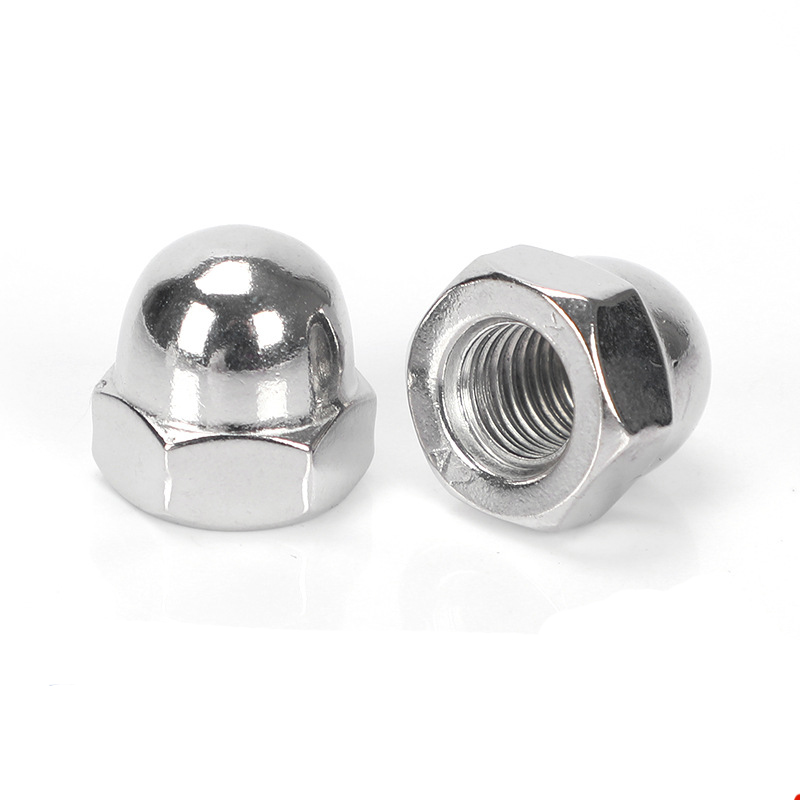
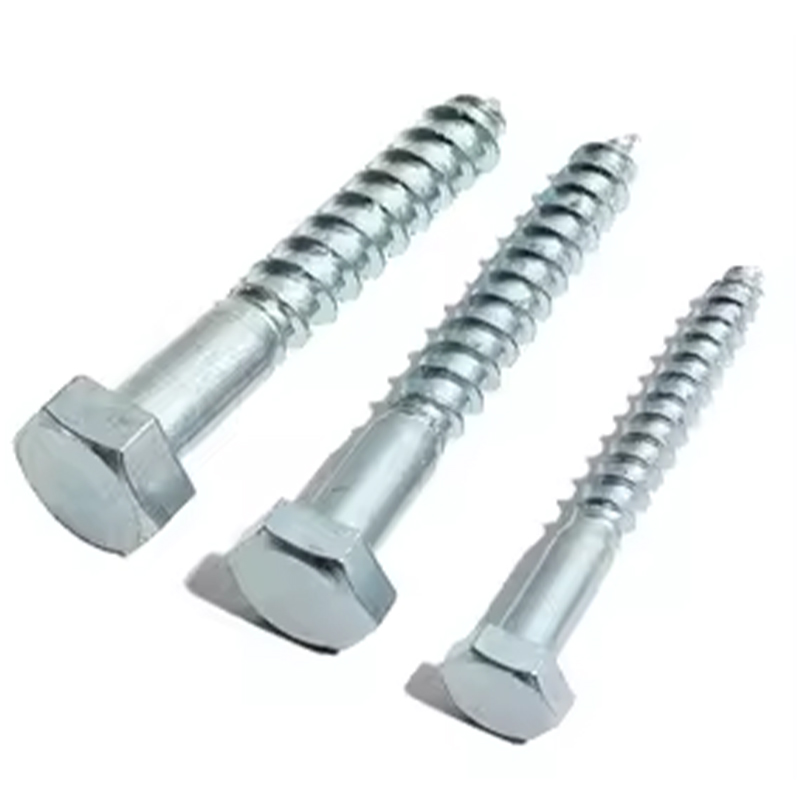
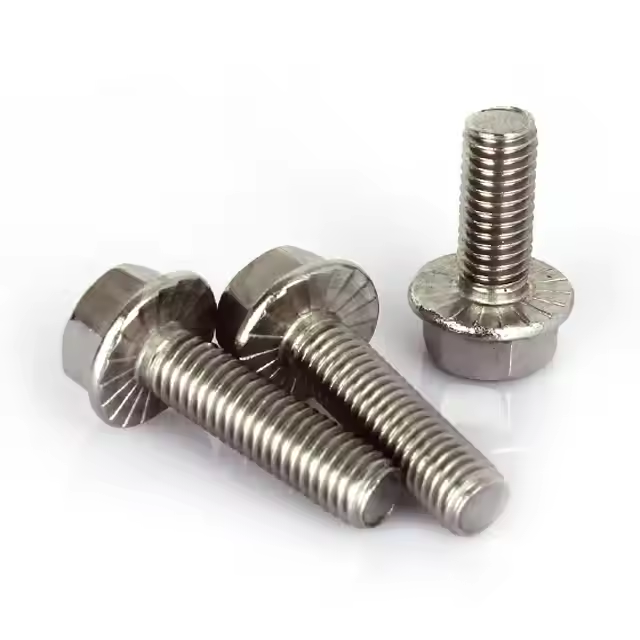
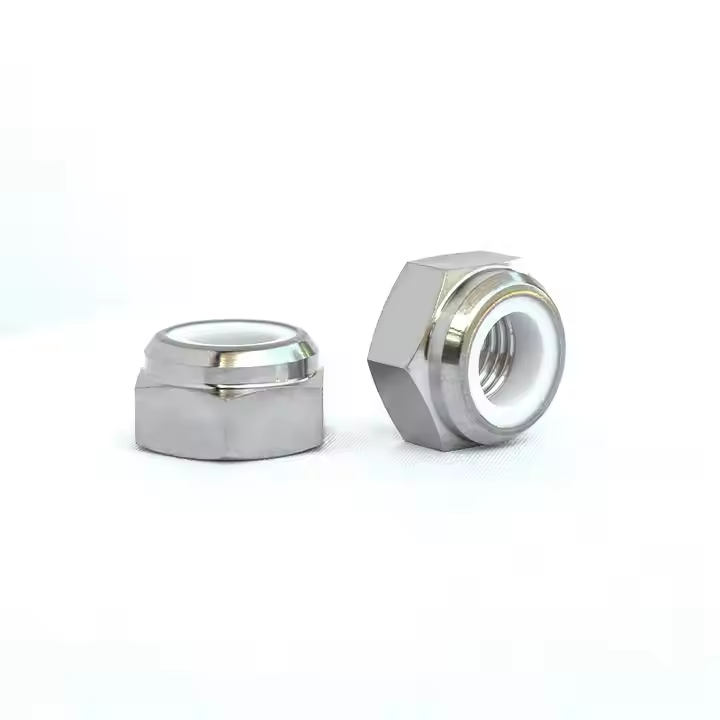
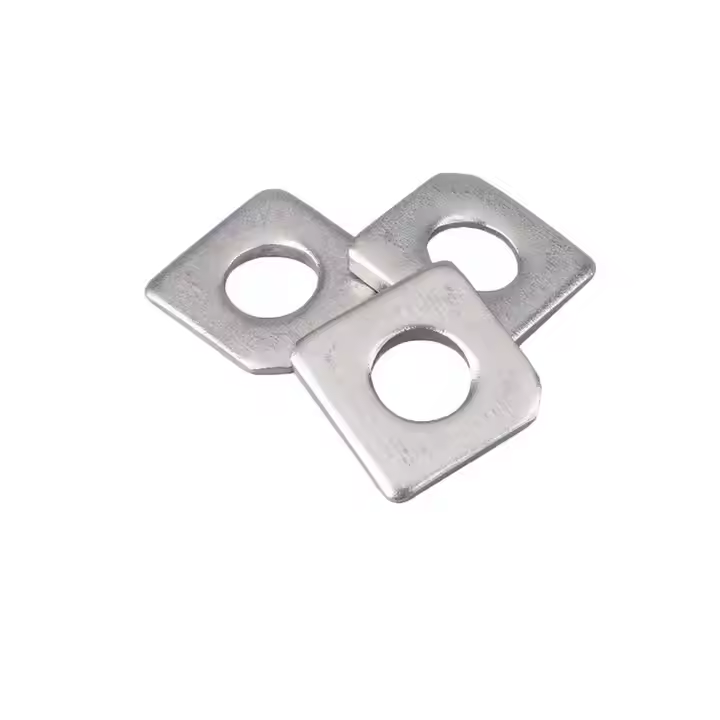
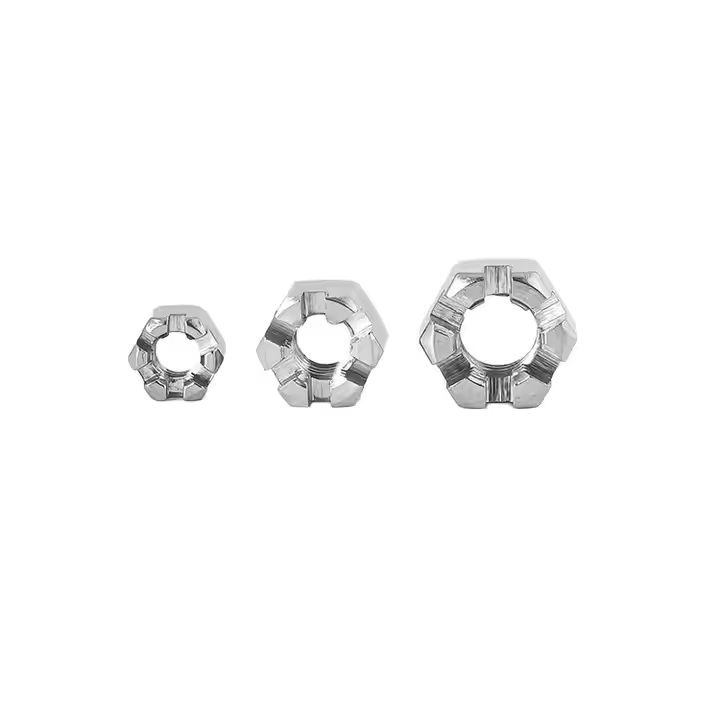
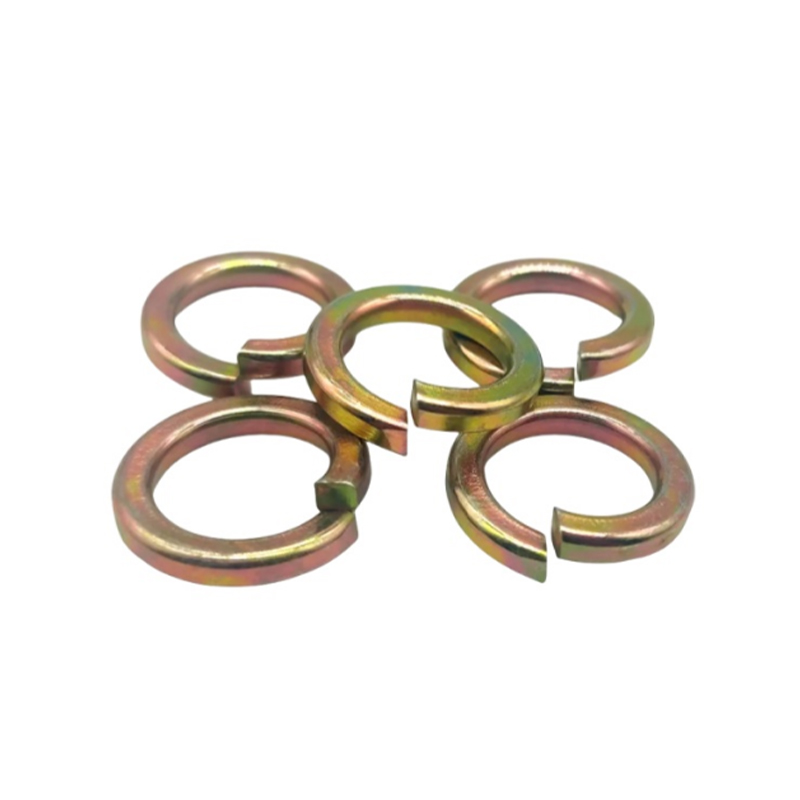
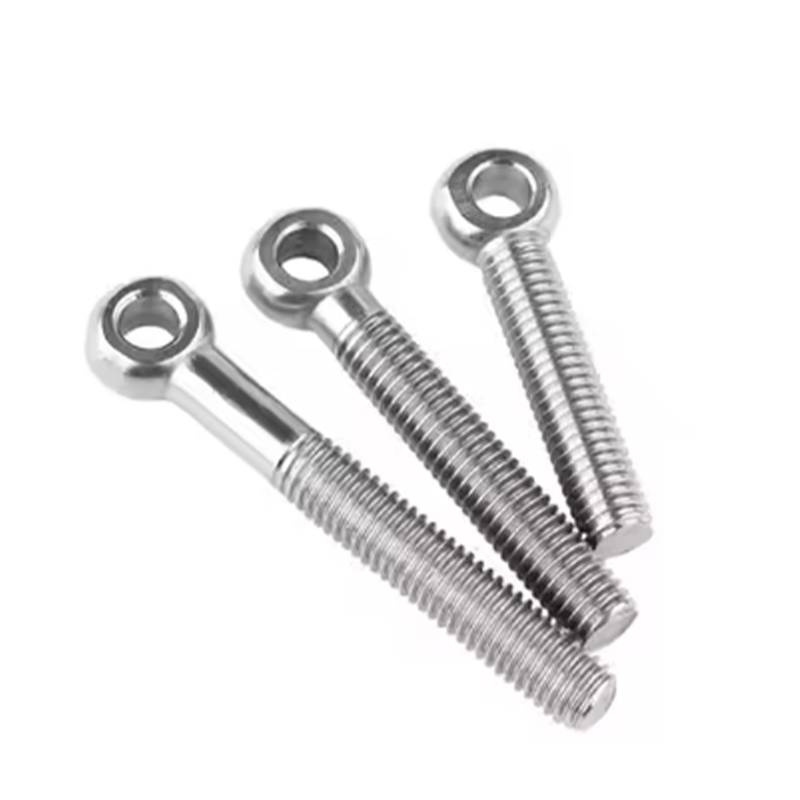
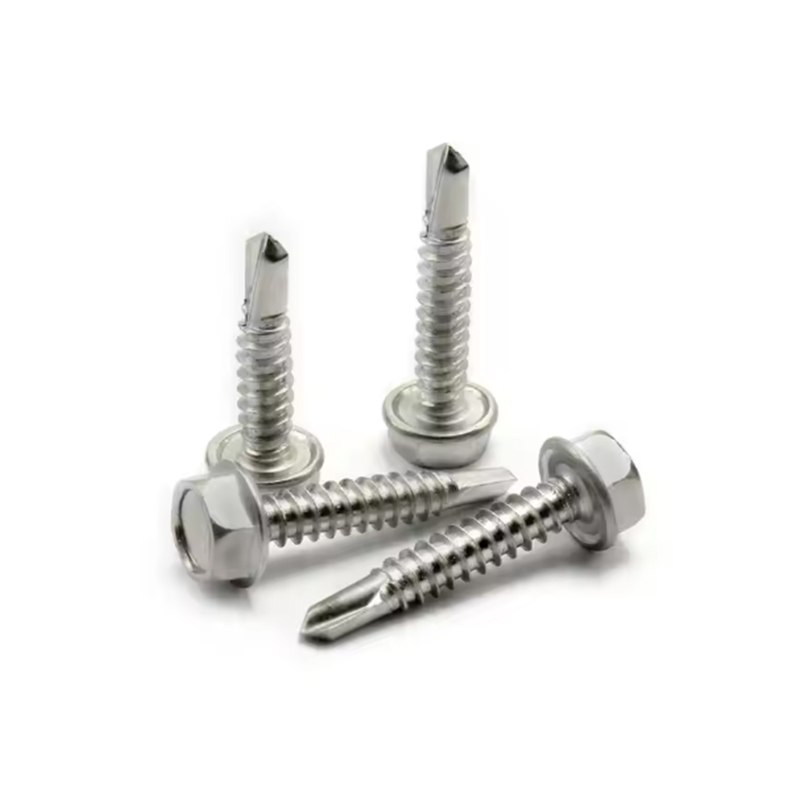
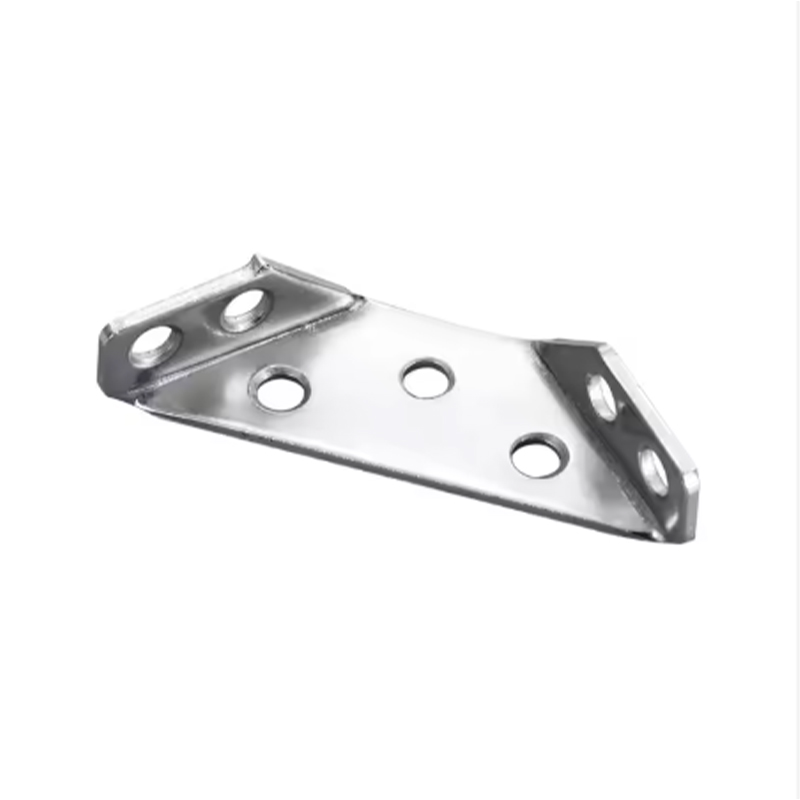
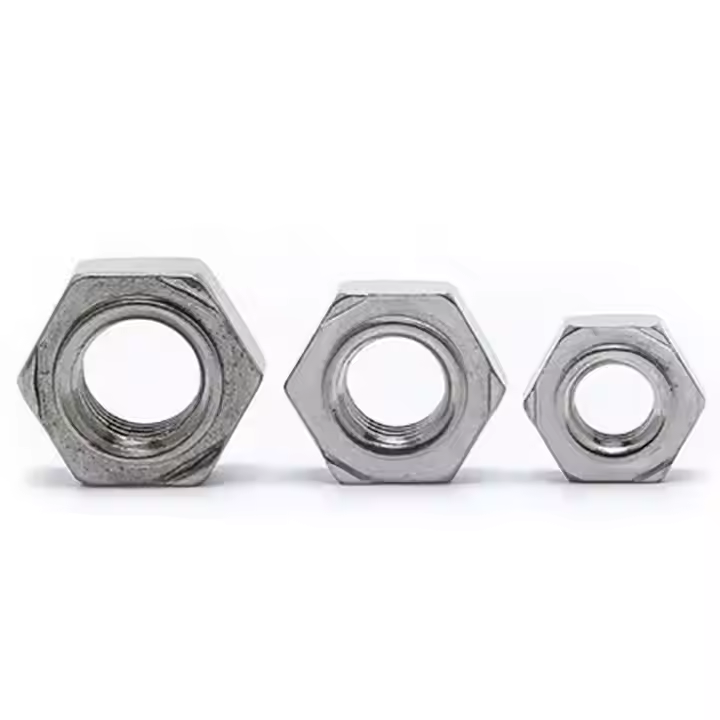
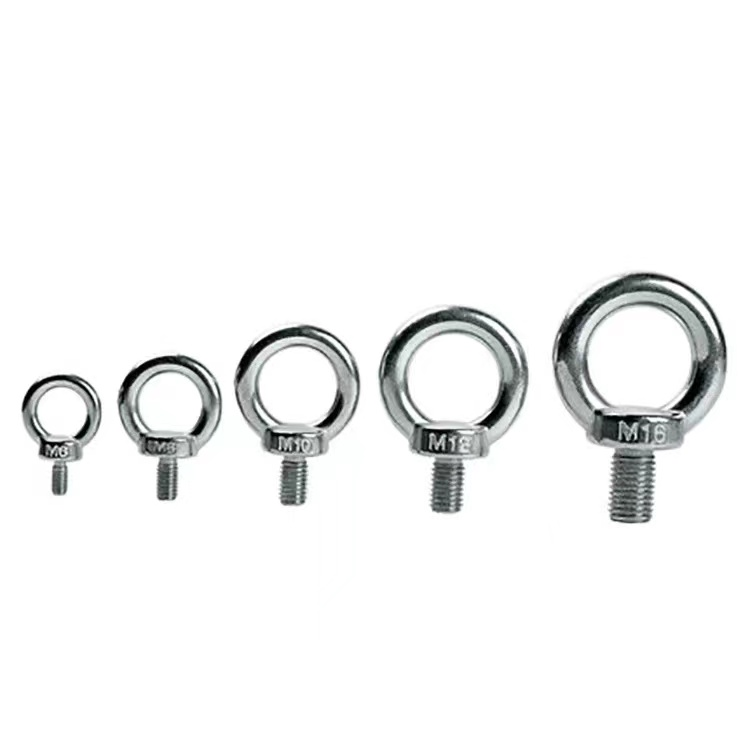
Please enter your email address and we will reply to your email.